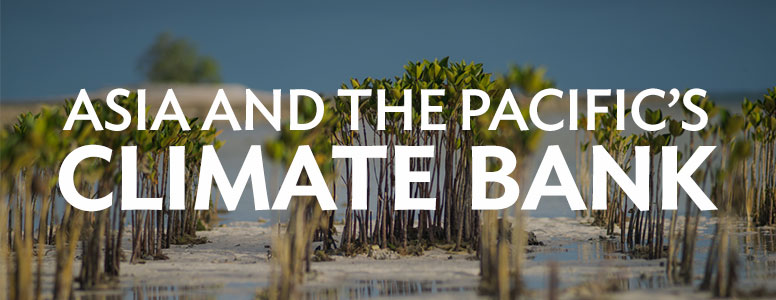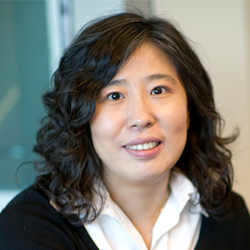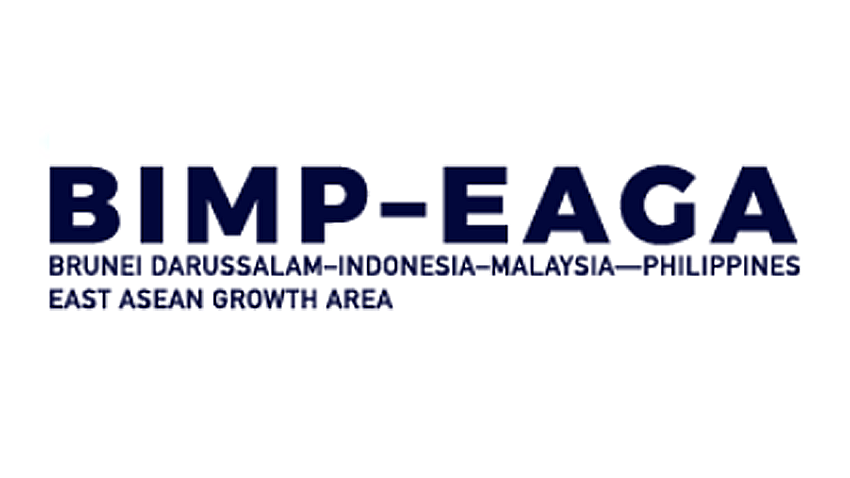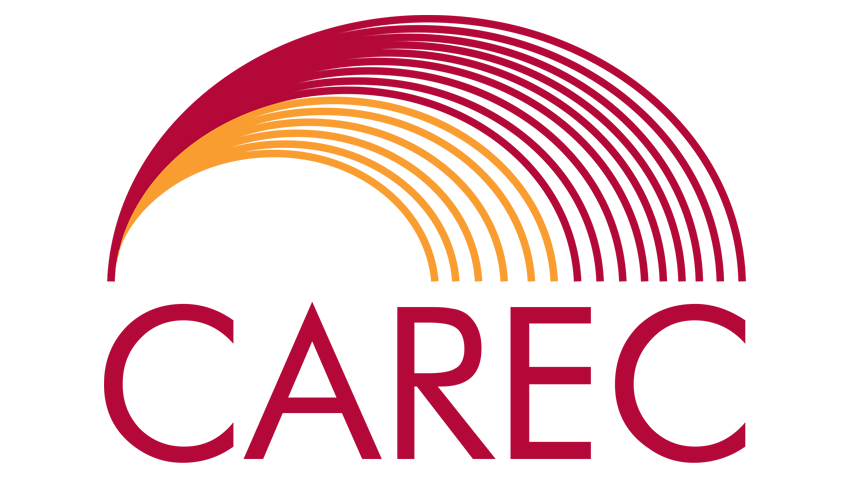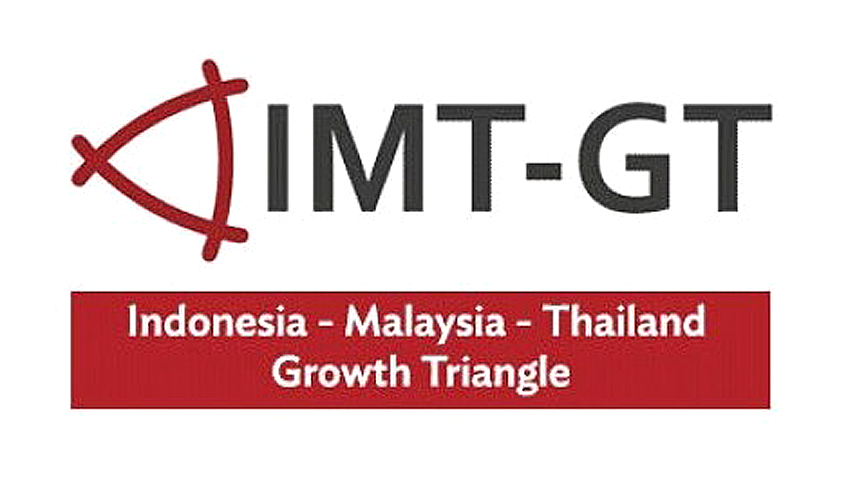South Asia Subregional Economic Cooperation (SASEC)
The South Asia Subregional Economic Cooperation (SASEC) program brings together Bangladesh, Bhutan, India, Maldives, Myanmar, Nepal, and Sri Lanka in a project-based partnership that aims to promote regional prosperity, improve economic opportunities, and build a better quality of life for the people of the subregion. SASEC countries share a common vision of boosting intraregional trade and cooperation in South Asia, while also developing connectivity and trade with Southeast Asia through Myanmar, to the People’s Republic of China, and the global market.
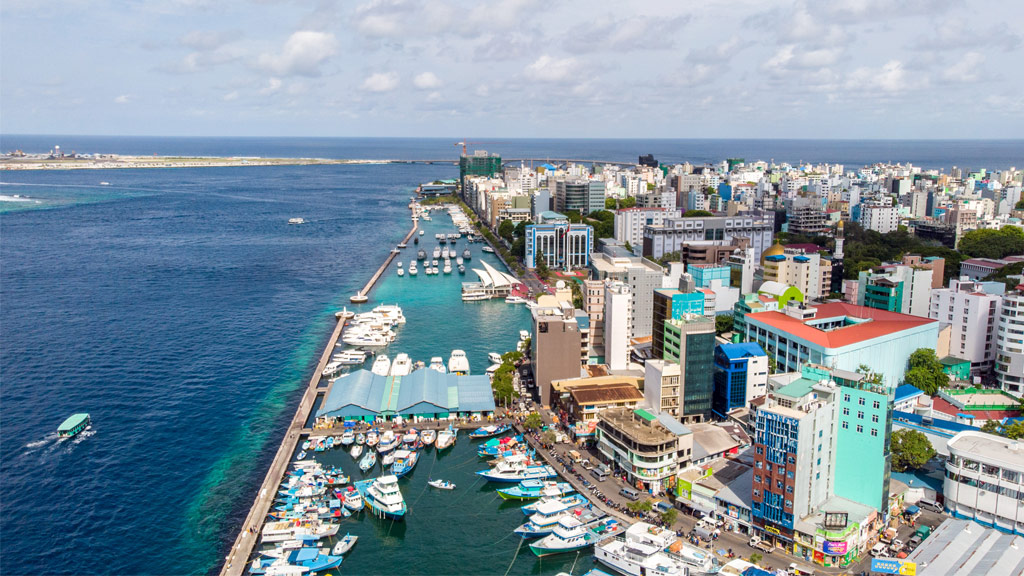
Improving trade and energy security
SASEC seeks to strengthen multimodal cross-border transport networks that boost intraregional trade and open up trade opportunities with East and Southeast Asia. The program helps build modern and effective customs administration that speeds up the time and reduces the costs of moving goods, vehicles, and people across borders. Better connectivity will help unleash the tremendous potential for mutually beneficial trade between the seven SASEC countries, which remain some of the least economically integrated in the world.
SASEC also assists member countries in improving energy security by developing infrastructure and promoting intraregional power trade to reduce costs and import dependence.
Developing economic corridors
In 2016, the SASEC countries approved the SASEC Operational Plan 2016-2025, a 10-year strategic roadmap, which introduced Economic Corridor Development as a fourth sectoral area of focus, to promote synergies and linkages between economic corridors across SASEC countries. This will help optimize development gains in the subregion, including industrial growth and competitiveness, the creation of high-quality jobs, increased productivity, and strengthening existing value chains.
More than a decade of cooperation
SASEC members gather regularly to discuss and address shared interests, creating support and ownership for the program at the policy level as well as practical collaboration at the technical working level. Over a decade of successful cooperation has built confidence and mutual trust through various discussion platforms that decide on coordinated actions for the benefit of all. ADB serves as the SASEC Secretariat.
As of June 2020, SASEC countries have implemented 61 regional projects worth over $13.5 billion in the energy, economic corridor development, transport, trade facilitation, and information and communications technology sectors.
What's New
-
16 Jan 2023 | Brochures and Flyers
Asian Development Bank and Nepal: Fact Sheet
-
08 Dec 2022 | Article
Addressing Climate Change, Conflict, and COVID-19 through Regional Public Goods in Asia and the Pacific
-
02 Dec 2022 | News Release
ADB $300 Million Loan to Improve Roads and Regional Trade in India
-
14 Nov 2022 | Brochures and Flyers
Asian Development Bank and Bhutan: Fact Sheet
-
26 Sep 2022 | Country Planning Documents
Macroeconomic Update: Nepal (September 2022)

